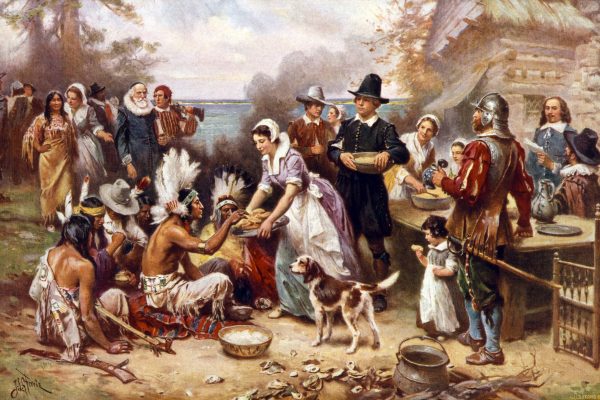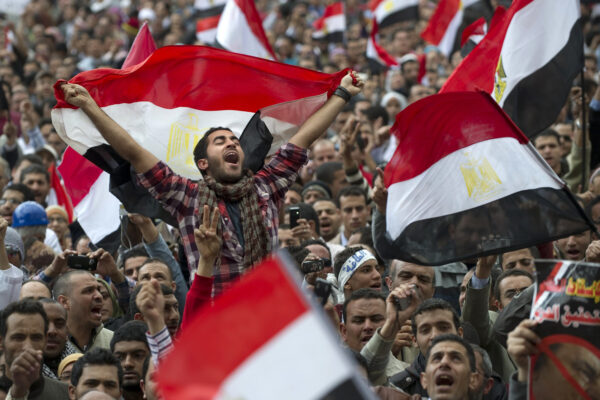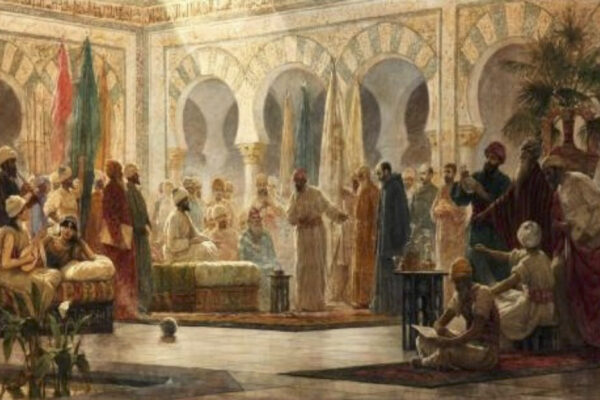Here’s an overview of one of the most fascinating historical periods of the Turkish-Persian homeland!
Here’s an overview of one of the most fascinating historical periods of the Turkish-Persian homeland!
The great Seljuk Empire was the ruling military family of the Ghuzz Turkic tribes that controlled much of central Asia and later morphed into the Ottoman empire.
After accepting Islam in the mid 900s, the Seljuk Turks went on to leave a rich historical legacy, bringing Turkic culture and Islam into Anatolia. Here are 8 fascinating facts about the Seljuk Empire:
1. No central government
The Seljuk Empire wasn’t a centralised state but was a group of semi-independent kingdoms ruled by the same family, with the Seljuk leaders maintaining order through amirs, nomadic military regimes that were mostly independent and took in revenues mostly for themselves, and ulumas, Muslim clerics who used their influence to gain political power.
2. Konya
Though the Seljuks didn’t have a capital of the empire, the province of Konya was the most significant in the empire, becoming the provincial capital of Anatolia when the Byzantines were defeated and a base of culture and politics. Signs of the Seljuks still exist today in Konya with the outer fortress, the Alaadin mosque, the Sircali madrasa and many other small mosques and tombs.
3. Education
The ulumas of the Seljuk era establishes madrassahs which helped standardise Islamic learning of jurisprudence, with the four orthodox Islamic schools which raised the status of the clergy. The Seljuks built many of these madrassahs in the Muslim world with the best-known one being the Nizamiya Madrrassah in Baghdad.
4. The Great Age of the Seljuks
The Metropolitan Museum of Art in New York had an exhibition showcasing the Islamic art of the Seljuk period, with around 250 artifacts shown, including intricately incised and silver-inlaid brass ewers, basins and dishes; animal-shaped incense burners; ornate candlesticks and lampstands; gold rings and coins; illuminated copies of the Quran; architectural fragments and grave markers carved in geometric patterns; and garments of finely woven cloth. This shows how artistically advanced the Seljuks were as an empire.
5. The arts
Important developments were made within Seljuk art. The art of inlaying bronze or brass objects with precious metals such as copper, silver, and gold became popular in the region of Iran and the Arabic “animated” script developed during this period too, where letters were transformed into human and animal figures.
6. Architecture
The Seljuks built many madrassahs, bridges, hospitals, roads, and inns from stone; it is therefore no surprise that they have a distinct style. Distinguishing features of Seljuk architecture include monumental stalactites, ogival archways, and ceramic tiling. The Seljuks also developed the classic mosque plan with four iwans in the courtyard using brick to create arches, domes as well as complex surface patterns.
7. Mechanical advances
The Seljuks had many contributions to the modern world and none are more prevalent than their contribution in mechanics. Ismail Al Jazari created the crankshaft, which transforms continuous rotary motion into linear reciprocating motion and is central to the motor vehicle. Other key engineering advances by Al Jazari include the very first mechanical clock and the programmable humanoid robot which could serve water, tea, or drinks.
8. The first mental hospital
Gehver Nesibe was a 13th-century princess who fell in love with a cavalry officer in Konya, but her brother Kaykhusraw opposed the marriage so he sent the man on various dangerous assignments to ensure his death. When the officer died, Gevher Nesibe in grief fell ill with tuberculosis and she requested her brother to build a hospital to cure sick people with no charge with incurable illnesses research. The hospital was built in 1204 immediately after Gevher Nesibe’s death, becoming the first in the world to treat patients with mental disorders.





